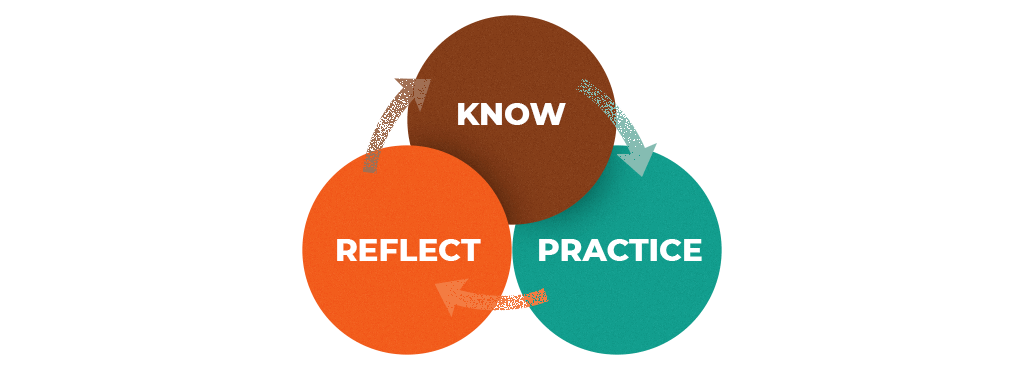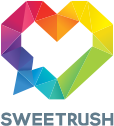Or: Why Employee Skills Are So Hot Right Now
Employee skills—to quote Will Ferrell’s character in Zoolander—are so hot right now.
They’re the top organizational priority, and they have a powerful impact on what L&D leaders are doing and creating.
Executive leaders are asking: How do we identify, analyze, and assess skills to ensure we hire, upskill, and reskill people to build the business and culture we want?

Stat Source: Humanity, innovation and radical progress in the post-COVID world [1]
Employee skills and competency modeling has been around for years. So why are skills making headlines now?
Why Skills Are So Hot Right Now
The drivers of the demand for skills are fierce. Digital transformation, massively accelerated by the pandemic, has resulted in glaring employee skill gaps, fueling dysfunction, dissatisfaction, and the Great Resignation—and more potential disruption from climate change is on the horizon. Our people need the right skills more than ever.
Organizations need to know what skills their people have, which ones they need, and how to teach them to apply those skills on the job. Quantum labor analysis and artificial intelligence (AI) have helped leaders take inventory of which skills are already in-house—and which are still on their wish list.
These analyses also revealed an employee skilling challenge that every organization faces—regardless of its size, industry, or culture.
The Employee Skills Challenge
Like a great suit, our collective skills challenge has three pieces:

1. Employee Skills Are Contextual To Roles
For example, let’s take “communication.” Different roles will apply that skill in different ways; think about employees who are customer-facing vs. those who work with internal teams. There will be overlap, and there will be role-specific nuances.

2. Employee Skills Assessment At Scale Isn’t Easy
Self-assessments and past work experience offer a limited view, and adding managers and peers (e.g., 360° assessments) can be a heavy lift. Simulations can be built to measure employees’ ability to apply skills to authentic on-the-job situations—though these need to be designed carefully to avoid bias. They also take time to develop. (See No. 3 below.)

3. Employee Skilling (Done Well) Takes Time
Off-the-shelf training and curated learning paths are faster options but can miss the mark on learner engagement and transfer. Custom learning solutions[2] help you ensure that the skilling experience speaks to your learners and your organization. (If you’ve got a use case,[3] your time and investment in a custom solution can pay dividends!)
The Skills Opportunity
There’s no question that we need to understand the challenges from the organizational perspective: what and how the business needs our people to perform.
But to solve the employee skills challenge, we also need to see the learner perspective.
And we need to dream big.
Here are a few questions to launch the daydreaming process:

The Future State Of Employee Skills
If you’re anything like us, the skilling solution of your dreams would feel tailored to you personally while also integrating what your organization needs you to do.
It would give you a solid foundation and then challenge you to apply the new skills you’ve learned to what you do every day.
You’d build on your skills over time and take them with you wherever you go.
You’d interact with others—perhaps through collaborative learning or coaching from a manager or mentor.
Sometimes your skilling experience would surprise you. Sometimes it would make you smile—or laugh.
It would feel difficult at times, but it would be rewarding enough to keep you motivated—and you’d achieve and celebrate your accomplishments along the way.
An employee skilling experience like this one isn’t a pipe dream—it’s the future state of skills.[4]
Designing For The Future State Of Employee Skills
Our team is inspired by the L&D leaders who are meeting the future state of skills with clever, effective, and enjoyable skills development solutions.
Together, we’re challenging the old “build or buy” question—and its newest edition, “build, buy, or curate.”
We’re daring to design sophisticated skilling journeys that leverage off-the-shelf content and curated learning paths[3]—joined by the “glue” that heightens engagement and skills transfer.
These blended learning[5] journeys include smart cohort design, collaborative learning activities, video, microlearning, self-reflection, rituals and artifacts, gamification, and ways to measure and evaluate it all. All of these elements are woven together to create a coherent, connected, and inclusive learning experience that delivers the right learning moments in the right modality at the right time.

These programs are easy for learners to engage with. They’re also agile in nature, target measurable outcomes, and promote continuous learning—rather than isolated learning events. Fosway Group calls these “continuous, action-based development programmes,” which are distinctly different from a fragmented “courses vs. resources”[6] experience.
Head Up Your Employee Skilling Solutions
Real challenges and exciting possibilities are ahead for employee skilling as technology advances and new ideas emerge. And as long as we keep our people at the heart of our assessments and solutions, we can meet the future of work with care, optimism—and even a spirit of play.
Want to learn more about what’s hot (and not) for skills, the L&D craft, and human potential? Our eBook, L&D Challenges, Life-Centered Solutions: Transforming Business & Unlocking Human Potential, talks through the challenges our industry is facing right now—and shares solutions from your peers, who are leading L&D projects and teams just like you. We hope you’ll join us in this exciting look at life-enhancing learning design for every occasion.
Human Potential, talks through the challenges our industry is facing right now—and shares solutions from your peers, who are leading L&D projects and teams just like you. We hope you’ll join us in this exciting look at life-enhancing learning design for every occasion.
References
[1] Humanity, innovation and radical progress in the post-COVID world
[2] COMPARING OFF-THE-SHELF VS. CUSTOM ELEARNING SOLUTIONS: WHICH IS BEST?
[3] Apply Immediately: 5 Use Cases For Custom eLearning
[4] Be Our Guest: A Service Design Approach To Learner Experience
[5] Blended Learning On A Budget: 5 Tips For Getting The Biggest Bang For Your Buck
[6] PUTTING CONTINUOUS LEARNING AT THE HEART OF SKILLS DEVELOPMENT

SweetRush
Our job is to help you achieve your objectives and be successful. Engage us at any point, from analysis to custom development (including e-learning, mobile, gamification, and ILT) to evaluation.



















